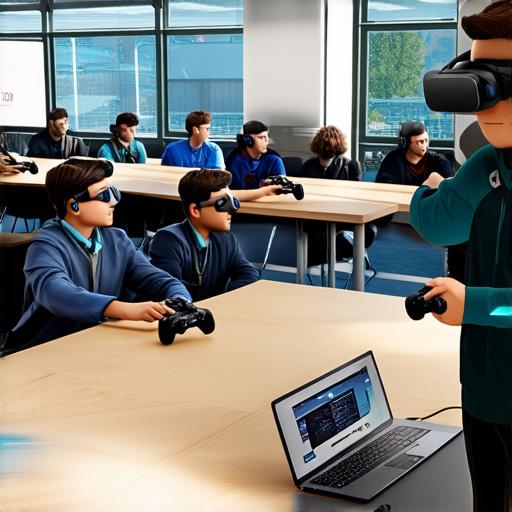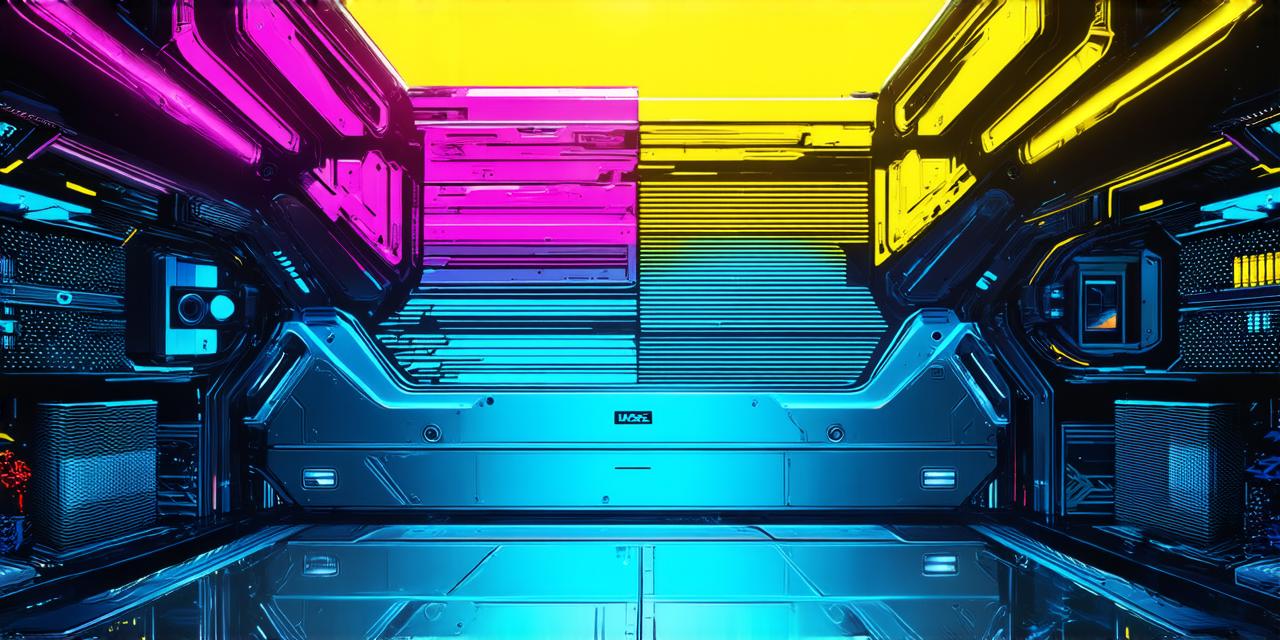In recent years, technology has become increasingly prevalent in the education sector, with gamification and virtual reality (VR) emerging as two of the most popular applications. These technologies have been shown to be highly effective in transforming the way students learn, providing them with new opportunities for growth and development.
Gamification in Education
One of the most promising applications of technology in education is gamification, which involves applying game design principles to non-game contexts. This approach can make learning more engaging and effective by tapping into students’ natural desire for competition, achievement, and fun. By incorporating elements such as points, badges, and leaderboards, students are motivated to learn and retain information better.
Gamification has already found its place in many classrooms, with platforms like Khan Academy being one of the most popular examples. The platform uses a point system to motivate students to complete lessons and assignments. Students earn points for completing tasks, which can be redeemed for badges or rewards. This approach has been shown to increase student engagement and motivation, leading to improved learning outcomes.
Virtual Reality in Education
Another technology that’s transforming the way we learn is virtual reality (VR). By creating immersive environments that simulate real-world scenarios, VR provides students with a unique opportunity to experience learning in a whole new way. From exploring the human body to practicing flight, VR offers endless possibilities for hands-on, experiential learning.
One example of VR in education is Discovery VR. The platform allows students to explore the natural world through virtual field trips. Students can take a tour of the solar system, dive into the ocean, or walk through a rainforest. By experiencing these environments firsthand, students gain a deeper understanding of the world around them and develop critical thinking skills.
The Power of Combining Gamification and VR in Education
When combined, gamification and VR have the potential to create truly transformative learning experiences. By using game design principles to motivate and engage students, and by creating immersive virtual environments that simulate real-world scenarios, these technologies can provide students with a unique opportunity to learn in a way that’s both fun and effective.
One example of this is the use of VR simulations to teach medical students. By using VR simulations, medical students can practice surgeries and other procedures in a safe and controlled environment. The gamification element can be used to motivate students to complete these simulations and to improve their performance over time. This approach has been shown to be highly effective in preparing medical students for real-world scenarios.
The Future of Education: How Gamification and VR are Transforming Learning
The integration of gamification and VR in education is just the beginning of a new era of learning. As these technologies continue to evolve, we can expect to see even more innovative ways to engage students and enhance their learning experiences.

One potential application of these technologies is in the field of personalized learning. By using data analytics and machine learning algorithms, VR and gamification platforms can create customized learning experiences that are tailored to each student’s individual needs and learning style. This approach has the potential to revolutionize the way we approach education, by providing students with a truly personalized and effective learning experience.
Another area where these technologies could have a significant impact is in the field of STEM education. By creating immersive VR environments that simulate real-world scenarios, gamification platforms can motivate students to explore complex scientific and mathematical concepts in a fun and engaging way. This approach has the potential to inspire the next generation of scientists, engineers, and innovators.
In conclusion, the integration of gamification and VR in education is transforming the educational landscape and providing students with new ways to acquire knowledge and skills. These technologies provide students with opportunities for personalized learning experiences that are engaging and effective. As these technologies continue to evolve, we can expect to see even more innovative ways to engage students and enhance their learning experiences.
